Scientists never expected wasps to carry traces of nuclear waste back to their nests.
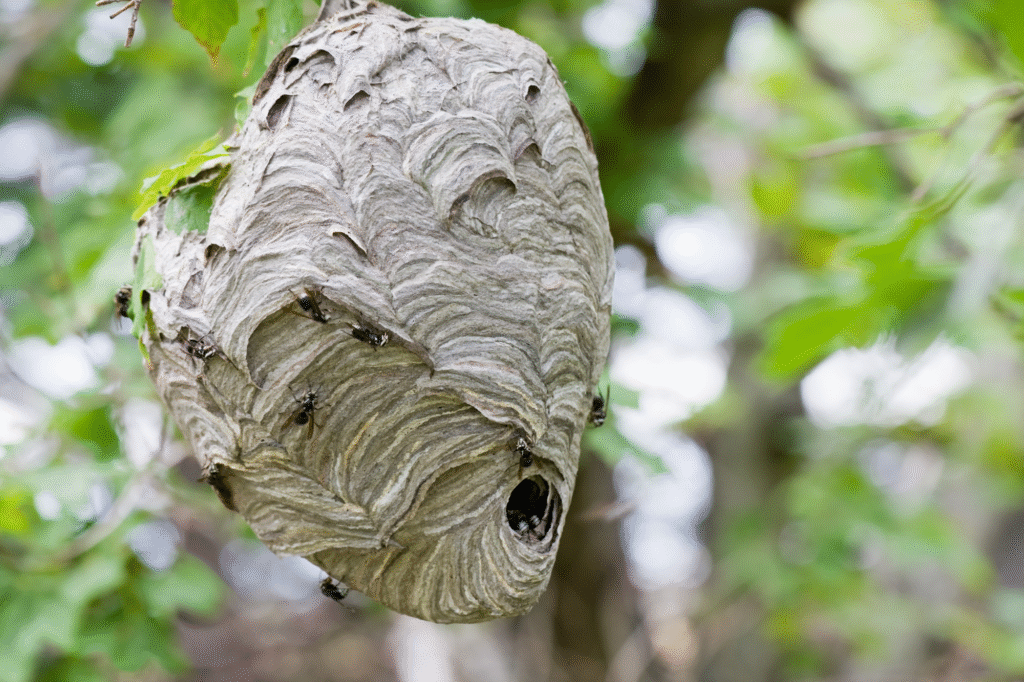
When researchers checked abandoned buildings at the old Savannah River nuclear site, they expected dust, decay, maybe an owl or two. What they didn’t expect was a giant wasp nest emitting detectable radiation. The insects had unknowingly brought contaminated soil and plant matter back to their nest, creating a strange fusion of nature and nuclear history. The discovery is not only bizarre but also revealing, highlighting how wildlife adapts and interacts with forgotten industrial landscapes.
1. Wasps collected soil that still contained traces of nuclear activity.
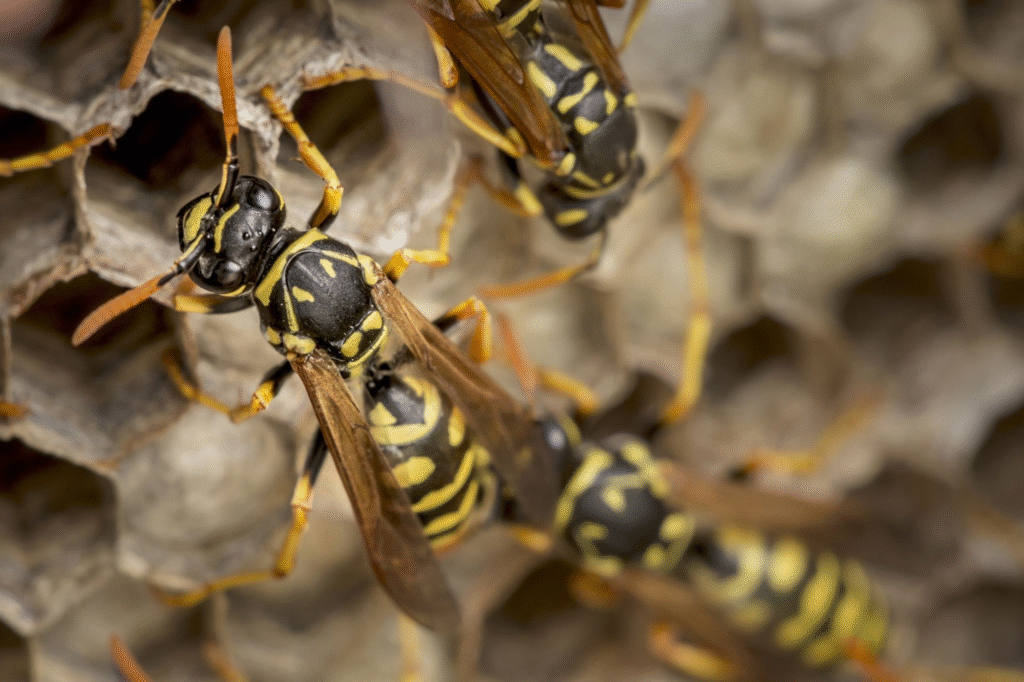
According to the U.S. Department of Energy, legacy contamination remains in certain areas of former nuclear sites, even after decades of cleanup. The wasps unknowingly gathered radioactive soil while collecting material for their nest. Because wasps use mud and plant debris to build, the contaminated particles were carried straight back into their colony structure.
This accidental collection showed how lingering environmental contamination interacts with wildlife, sometimes in unpredictable ways. Scientists were quick to analyze the material to confirm the nest’s radioactivity, which, although low enough not to harm humans, still demonstrated how insects could move hazardous materials far beyond their origin points. It added a surprising wrinkle to how environmental monitoring should account for creatures not usually considered in contamination studies.
2. Radiation detectors were triggered by a simple inspection round.
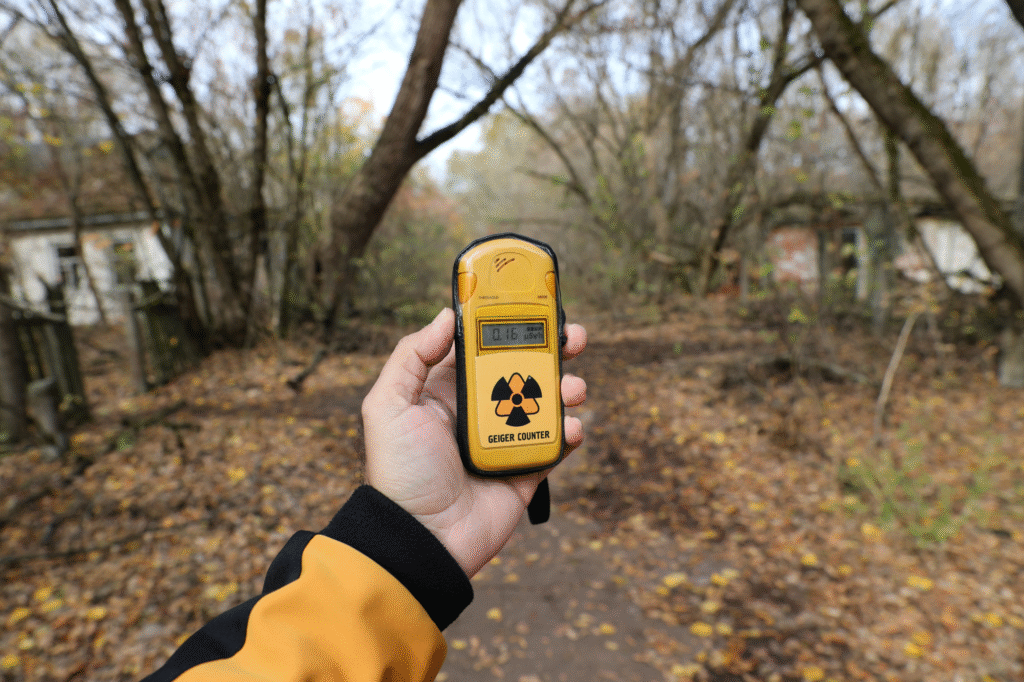
Routine safety inspections using handheld radiation sensors picked up unusual readings inside one of the old facilities. As stated by site safety officers, inspectors expected any hotspots to come from equipment or building materials, not insect structures. Yet the nest’s location lit up sensors immediately, prompting a closer look.
The radiation signature matched isotopes associated with the site’s Cold War-era operations. It was a strange scenario—nuclear forensics being applied not to weapons material, but to a home built by insects. It reinforced the importance of routine environmental checks and showed that radiation’s legacy can surface in odd, sometimes very small packages, decades after operations cease.
3. The nest itself became an impromptu study subject for ecologists.
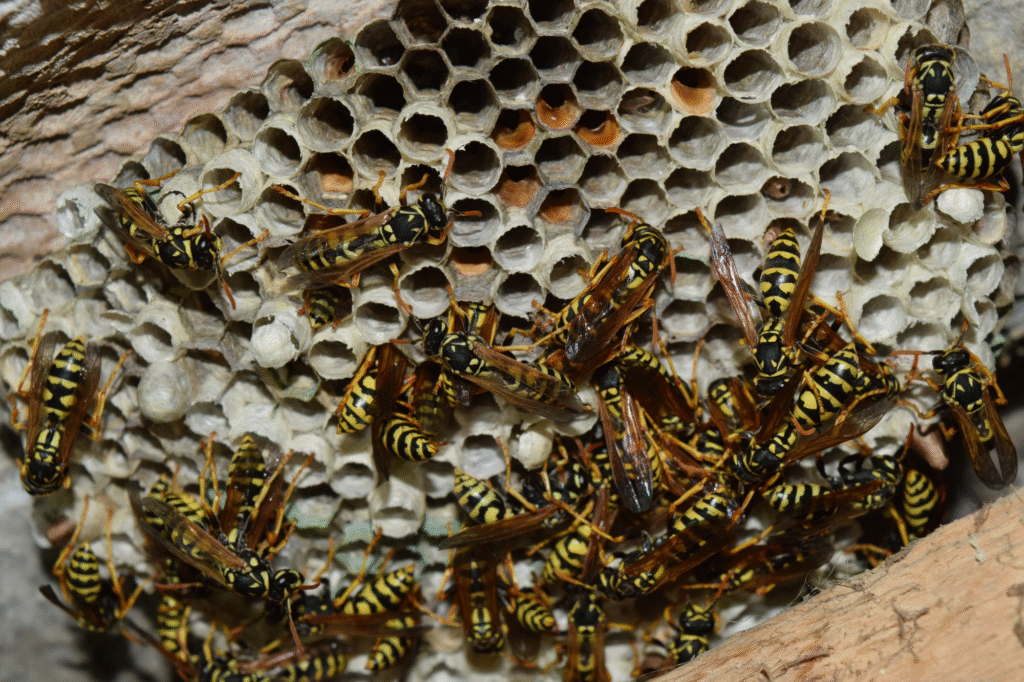
Ecologists jumped on the opportunity to study how insects interact with contaminated sites. As reported by environmental researchers studying post-industrial landscapes, insect behavior can transport particles into ecosystems in ways scientists haven’t fully considered. The Savannah River find became a case study in how materials move through the environment in unexpected ways.
Wasps are natural recyclers, collecting what’s available without regard for safety or toxicity. Their activities demonstrate how contamination doesn’t just sit—it moves, sometimes with help from tiny, unintentional agents. This discovery is reshaping how environmental scientists model particle movement in disturbed ecosystems and could influence how future cleanup projects are designed to prevent similar surprises.
4. Radioactivity levels were low but still notable enough to record.
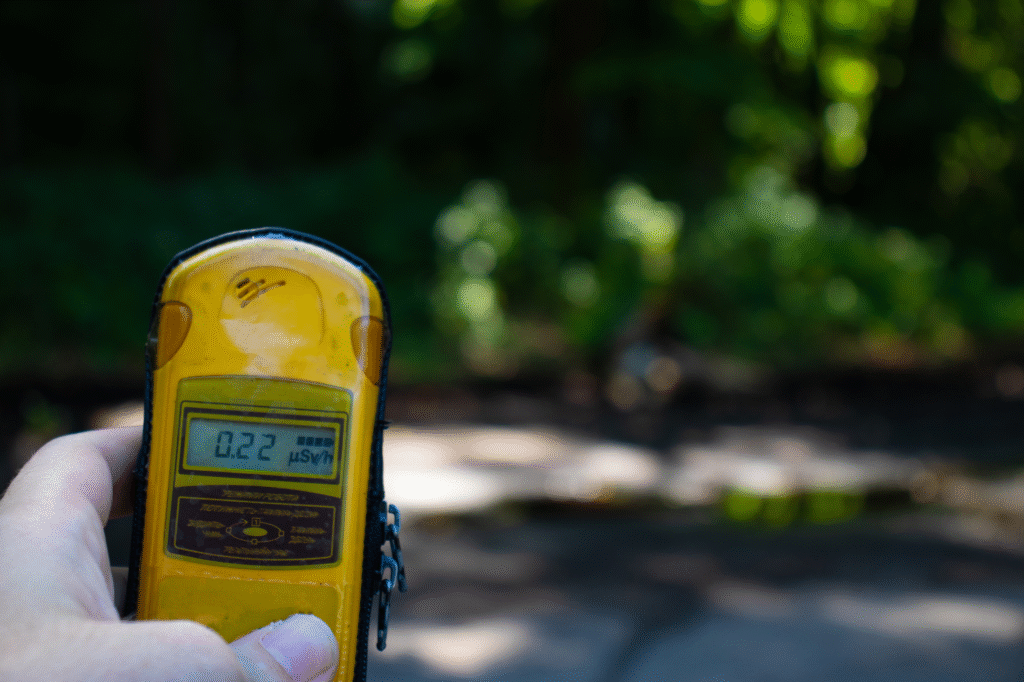
Despite the buzz surrounding the find, radiation levels in the nest were well below thresholds considered dangerous to humans. The reading was enough to register on detection devices but not enough to create a safety hazard for workers or wildlife.
The find highlighted a critical nuance: legacy contamination can persist in trace amounts, even when overall sites are considered secure. The nest served as a reminder that contamination risk isn’t always about large, obvious sources; sometimes, it’s hidden in places as small and unassuming as an insect colony.
5. Abandoned industrial areas create unexpected wildlife habitats.
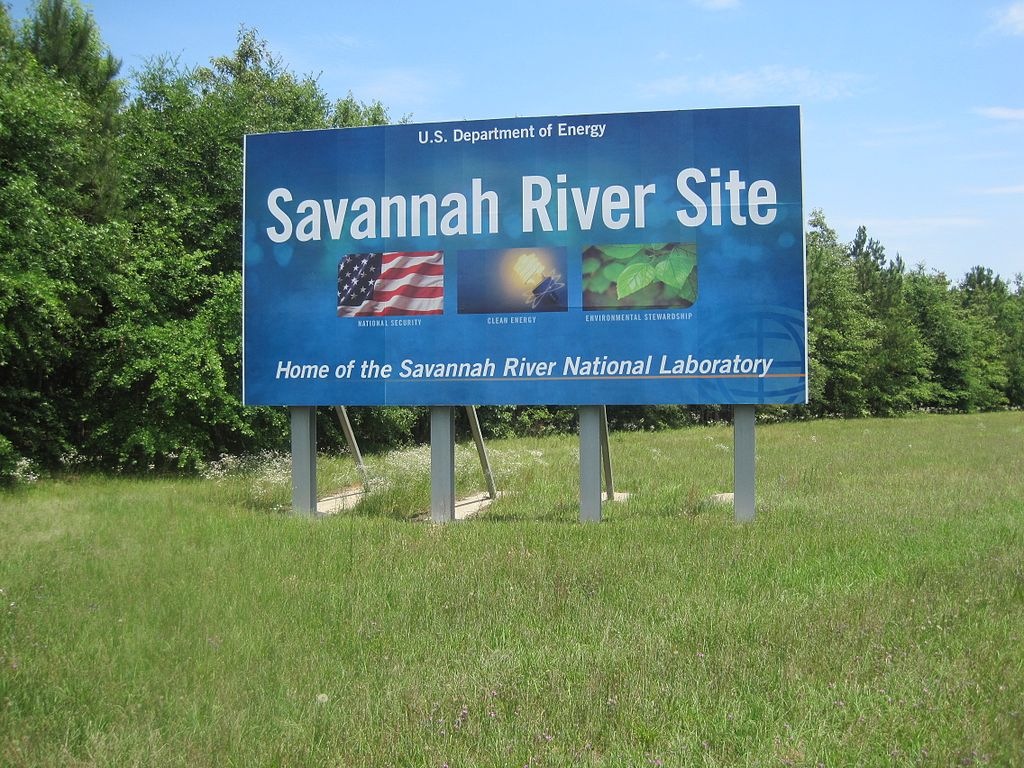
The old Savannah River site has sat mostly unused for decades, giving wildlife free rein to colonize areas once bustling with human activity. Wasps, birds, reptiles, and even small mammals now occupy structures originally built for nuclear work. These animals treat these environments as safe havens, oblivious to their complicated history.
The wasp nest incident revealed how quickly nature adapts, filling voids left behind by industrial decline. For scientists, it shows the unexpected challenges of balancing environmental restoration with wildlife use, especially when remnants of the past still linger.
6. Cleanup crews now consider insect activity in monitoring plans.
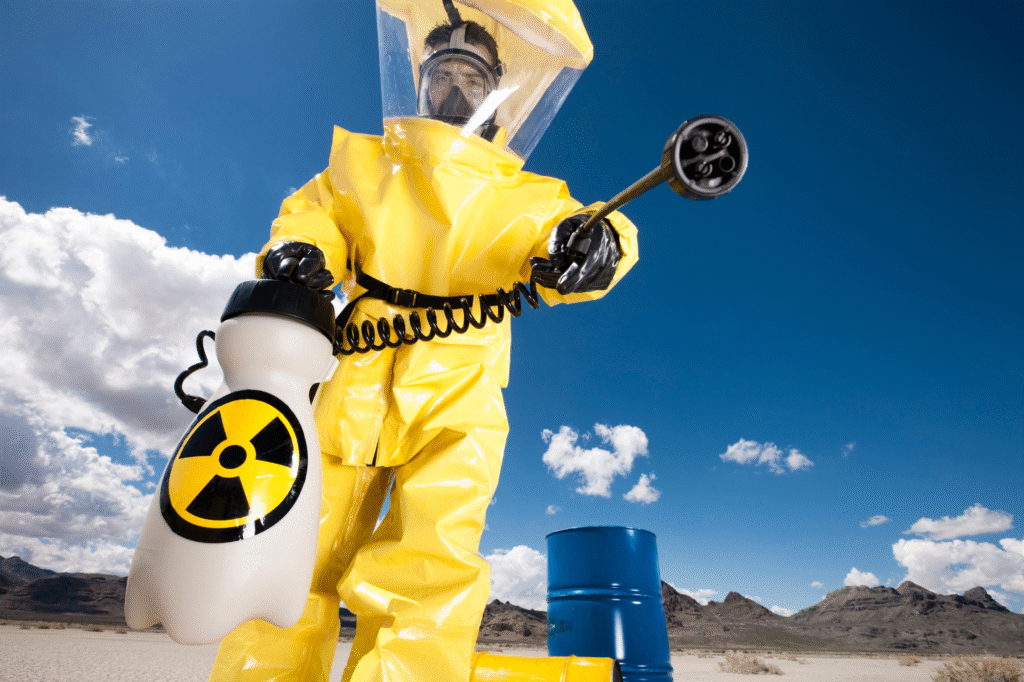
The discovery forced environmental teams to rethink how they track contamination. Insects like wasps, ants, and even bees move soil and plant matter frequently, meaning they could carry contaminants into areas previously considered clean. This behavioral link adds an entirely new layer of complexity to environmental monitoring.
Future cleanup efforts may involve assessing not just soil and water, but also how wildlife might redistribute contaminants. It’s one more reminder that ecosystems and industrial sites are deeply connected, often in ways planners didn’t anticipate when these facilities were first designed.
7. Historical contamination continues to surprise decades later.
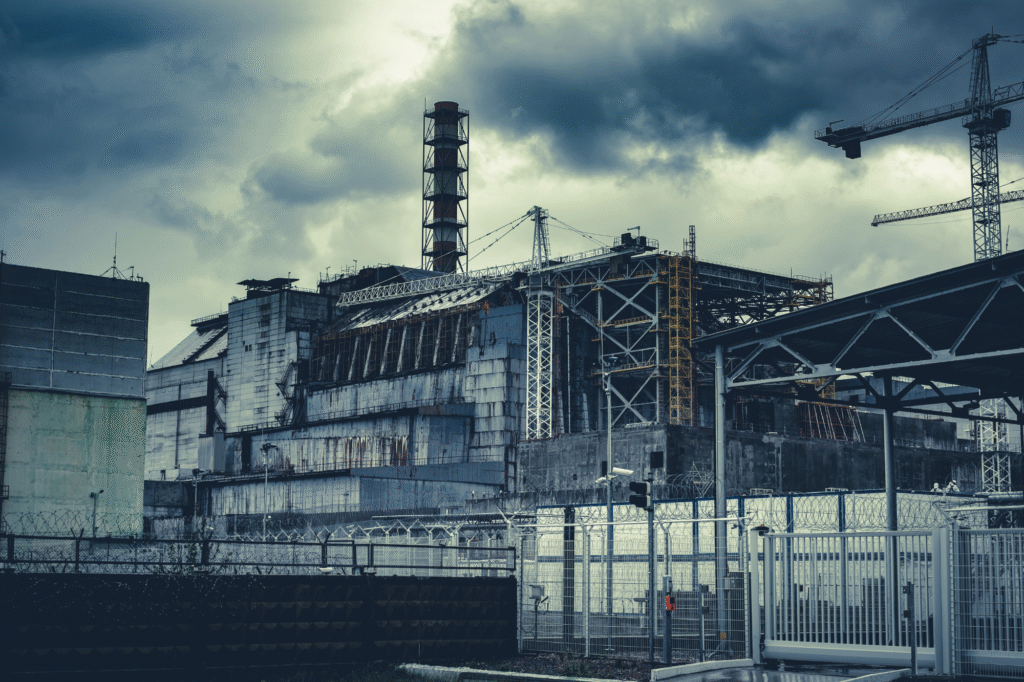
Even with decades of cleanup and billions invested, old nuclear sites occasionally produce unexpected discoveries. These surprises are not necessarily dangerous but reveal how difficult it is to predict every long-term environmental outcome.
The radioactive wasp nest shows that even minor residues can find new paths through ecosystems long after human activity ends. It’s an uncomfortable but necessary reminder of how nuclear legacies don’t disappear just because operations stop; they evolve, sometimes in ways as strange as a glowing insect colony.
8. This bizarre case changed how scientists view “safe” zones.
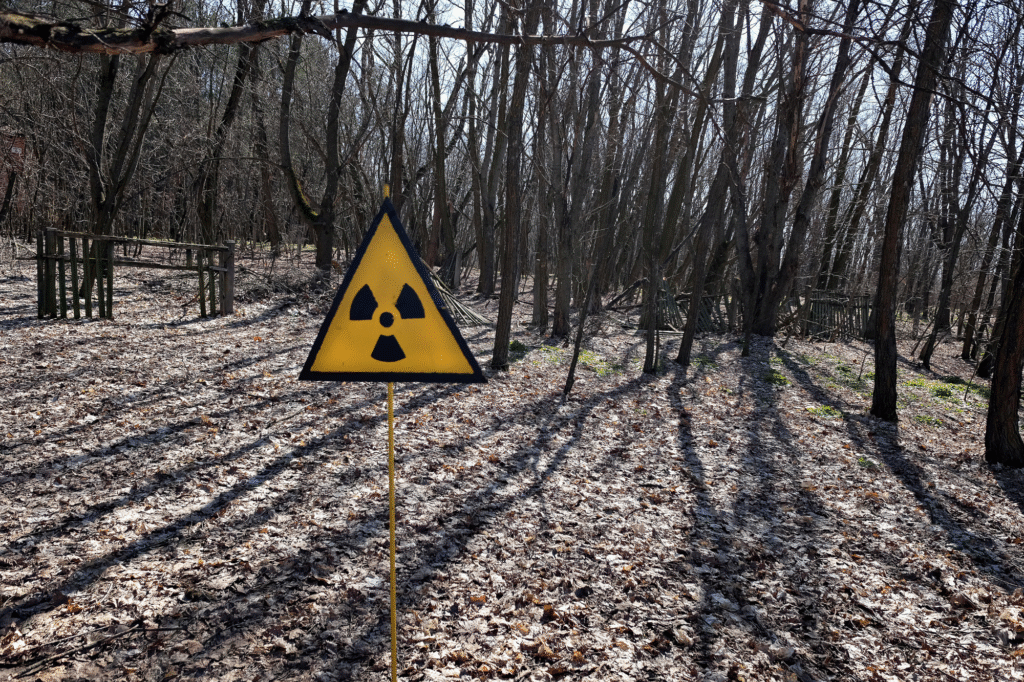
Areas once considered safe were re-evaluated after the nest discovery, prompting new rounds of environmental modeling. Even with extremely low readings, the find underscored that contamination pathways don’t always follow obvious patterns. In this case, they flew on the wings of insects.
For scientists and environmental managers, it was a lesson in humility—nature has its own rules, and human expectations often lag behind. The radioactive wasp nest, bizarre as it sounds, may ultimately help refine safety standards and guide future monitoring at former industrial sites worldwide.

hzjtph